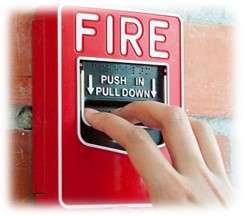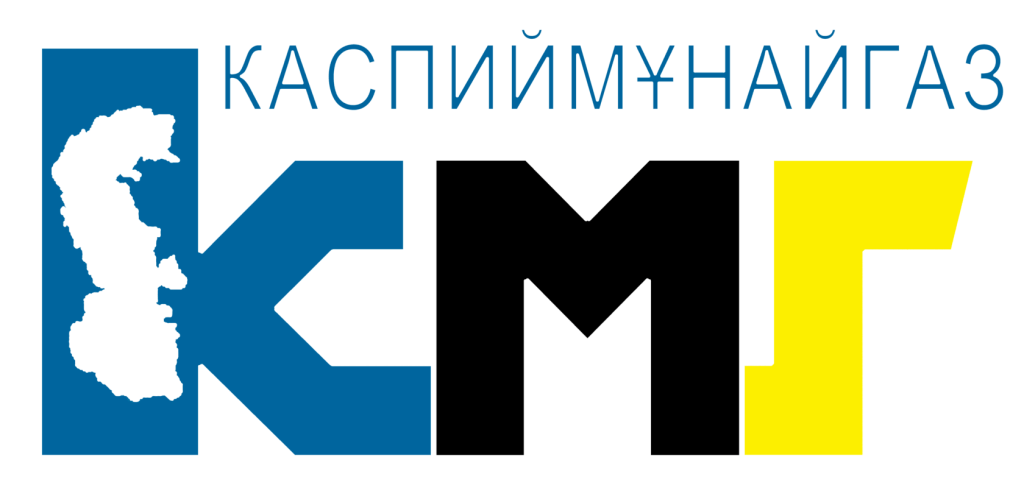Instrumentation and Control
Home ← Services ← Engineering ← Kipia — Instruments and Automation
- The core mission of Instrumentation Team
- I&C and APCS design
- Advanced Process Control System Design
- Design of TFS, production automation
- Design of utility systems dispatching
- Design of ACEMS and ASETM
- Design of low current systems (LCS)
- Structured cable network (SCN) design
- Design of optic communication lines
- Fire alarm design (FA)
- ACS Design
- Design of video surveillance system
- Design of PA/GA (Public Fire Alarm System)

SRDI “Caspiymunaygas” JSC implements design of Instrumentation and Control systems as well as more complex systems: APCS (Automated Process Control System), ADMS (Automated Dispatch Management System), ACEMS (Automated Commercial Electricity Metering System) and etc. Our specialists having the great experience in designing are ready to implement the following types of work:
design of automation and dispatching systems at process facilities of oil and gas industry;
- design of automation systems of heating, ventilation and air conditioning of buildings and structures;
- design of automation systems for smoke removal of buildings and structures;
- design of automation systems for water supply and drainage of buildings and structures;
- design of automation systems for water and gas fire-fighting in separate premises as well as in whole of buildings and structures;
- selection of I&C devices and equipment;
- design of low-current networks, including:
- fire and gas detection systems;
- design of video surveillance system;
- design of access control and management system;
- design of public address and general alarm system (PAGA);
- Selection of corresponding devices and equipment of F&G detection system, CCTV (Closed Circuit TV), ACS, PAGA.
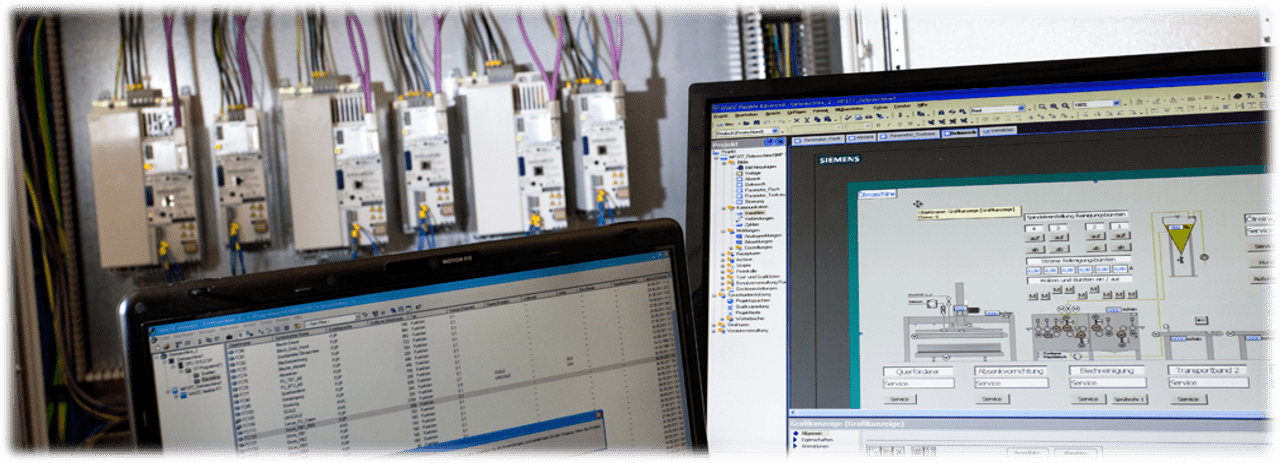
SRDI “Caspiymunaygas” JSC offers both individual and integrated design of technical documentation as per the above-stated directions.
Individual design allows our Clients to focus on solving a specific task set before them to automate the technological process, thereby quickly and qualitatively obtain the desired result.
Integrated design is focused on Clients who are engaged in capital construction, reconstruction, capital repair or technical re-equipment of the facility as a whole where tasks of automation, telemetry and dispatching per all engineering system aspects are solved.
Integrated design allows to competently link the interaction of all projected automated utility systems, taking into account all the features of automation and dispatching. Thus, an integrated design saves time and effort for our Clients when implementing the project at the stage of construction and assembly and commissioning works, which leads to successful and quick commissioning of the facility.

APCS tasks and functions
- The design of automation systems may vary depending on the complexity of the facility, the tasks set, characteristics of the technology, existing constraints.
- •The designers of SRDI “Caspiymunaygas” JSC adhere to the following principles during development of APCS:
- Provision of reliability and failure-free operation of the elements of automation and dispatching systems.
- Uninterrupted data transfer from the controlled facility, the ability to perform control in real time.
- Optimal choice of system functionality for each enterprise taking into account features of equipment and process cycle, the needs in automation.
- Development of user-friendly intuitive interface of the dispatching system simplifying the use of ACS.
- During the design of automation systems the following tasks are solved:
- Formulation of the basic requirements for the system.
- Determination of the required degree of process automation – established on the basis of technical and economic indicators of the cost of ACS implementation and the planned benefits from it.
- The choice of methods for monitoring, controlling and remote regulation of the process.
- The choice of technical means of implementation of the automation system.
- Determination of locations of technical means of automation.
- Description of methods of implementation of system elements, rules of installation.
- Drawing up documentation for the APCS according to regulatory requirements.
What tasks are solved by the Advanced Process Control System?
- Production automation – start-up, shutdown and control of equipment operation are carried out according to a preset algorithm.
- Receiving information about the operation of all production processes. The operator receives readings of sensors in real time, all data are stored in databases.
- Providing prompt automatic reaction to deviations in equipment operation. All failures, stoppages in operation of equipment are recorded, data are sent to the operator for analysis and solving the problems.
- Providing remote control over production operation.
- Possibility to provide collective access to management via personal password system.
- The system operation contributes to the control and accounting of electricity, as well as reduction of consumption of energy resources.
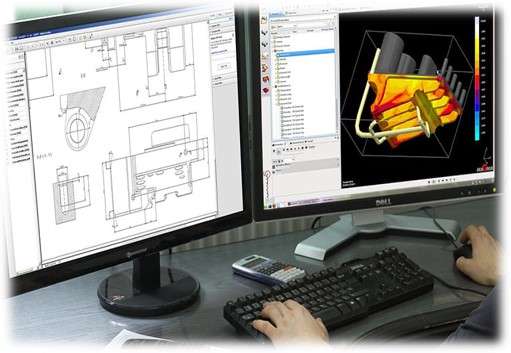
Automation is the course for innovation, development and stable economic growth of a company. The Advanced Process Control Systems, which are not only software and hardware, but also a whole set of measures, help in this.
- Tasks of technological production automation systems
- Automation of technological production solves problems:
- Increasing the productivity of the enterprise and improving the quality of products.
- Saving of production and raw material resources.
- Reducing the share of human involvement in hazardous production.
- Providing automatic and remote regulation of operating parameters and production control to reduce the risk of emergency situations.
- By means of automation of process equipment, parameters are maintained at an optimal level, the state of the system is monitored and control of any technological stage is carried out, remote control is promptly performed.
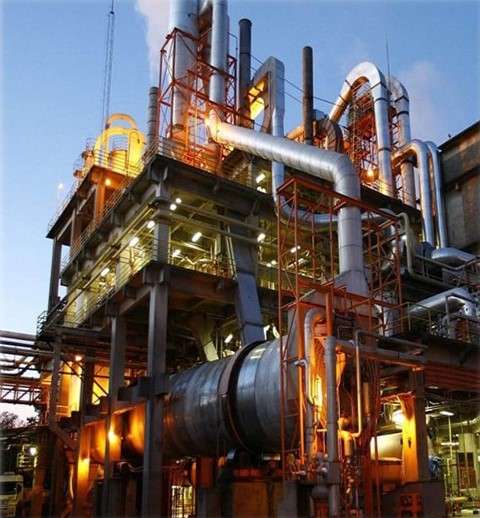
Types of production automation
According to the degree of production automation there are two main schemes:
1. Partial. In this scheme only some equipment, technological stage or operation is automated.
2. Full. Assumes a holistic solution, providing automation of all process operations in the production as a whole.
There are several levels of automated production control system:
- Automation of a single operation or the so-called zero level of automation. Human involvement is excluded in a single operation (rotation of an axis, lifting a mechanism, etc.).
- Process automation.
- Automation of process lines.
- The complex automation of all stages of the production process.
- Thus, the automation can be carried out for the individual
- unit, process unit, the entire plant or for the entire
- enterprise.

The initial design stage of automation devices is the determination of systems functionality, requirements for its convenience and possibility of integration with other enterprise systems.
The designers of SRDI “Caspiymunaygas” JSC adhere to the following principles during development of automation and dispatching system:
- Provision of reliability and failure-free operation of the elements of automation and dispatching systems.
- Uninterrupted data transfer from the controlled facility, the ability to perform control in real time.
- Optimal choice of system functionality for each enterprise taking into account features of equipment and process cycle, the needs in automation.
- Development of user-friendly intuitive interface of the dispatching system simplifying the use of ACS.
- During the design of dispatching systems the following tasks are solved:
- Formulation of the basic requirements for the system.
- Determination of the required degree of process automation – established on the basis of technical and economic indicators of the cost of ACS implementation and the planned benefits from it.
- The choice of methods for monitoring, controlling and remote regulation of the process.
- The choice of technical means of implementation of the automation system.
- Determination of locations of technical means of automation.
- Description of methods of implementation of system elements, rules of installation.
- Drawing up documentation for the APCS according to regulatory requirements.
SRDI “Caspiymunaygas” JSC company performs design of automation and dispatching systems in accordance with the effective
state standards in the field of automated systems reliability, fire safety rules and occupational safety requirements
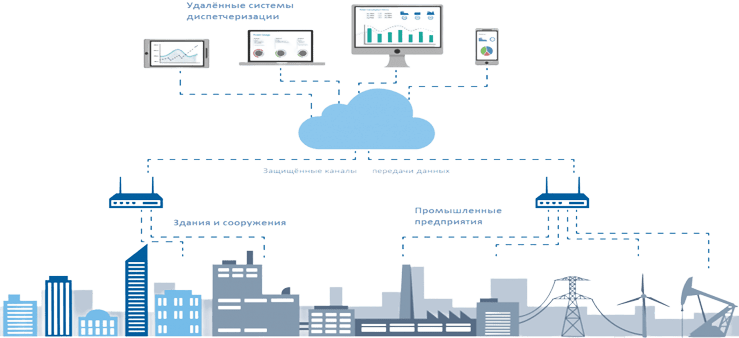
Implementation of ACEMS and ASETM systems allows to reduce the share of manual work, eliminate the risk of error due to human factor, to ensure high accuracy, reduce consumption of energy resources.
All this has a positive effect on reducing production costs and increasing profitability.
The ACEMS and ASETM system is used to remotely display,
collect and store data on electric power consumption.
The monitors of automated workstations (AWS)
transmit information about current electricity parameters, operating modes of
electrical installations, and abnormal situations.
The interface of ACEMS and ASETM system allows
to generate a number of reports on the amount of electricity consumed in each
feeder, reactive and active power and other electrical parameters based on the
collected information.
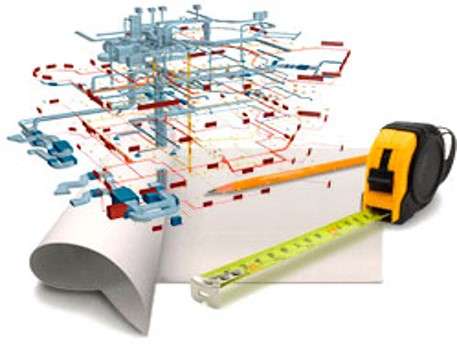
Low current system (LCS) is electrical cable network of low voltage (up to and including 24V), current in them is measured in milliamperes.
With the help of low current cable networks, the auxiliary electrical subsystems (communications, alarms, Internet, video surveillance, etc.), which ensure the modern operation of the building, are functioning.
These networks are not responsible for the life-support of the building, but without them it is impossible to establish effective operation of the enterprise.
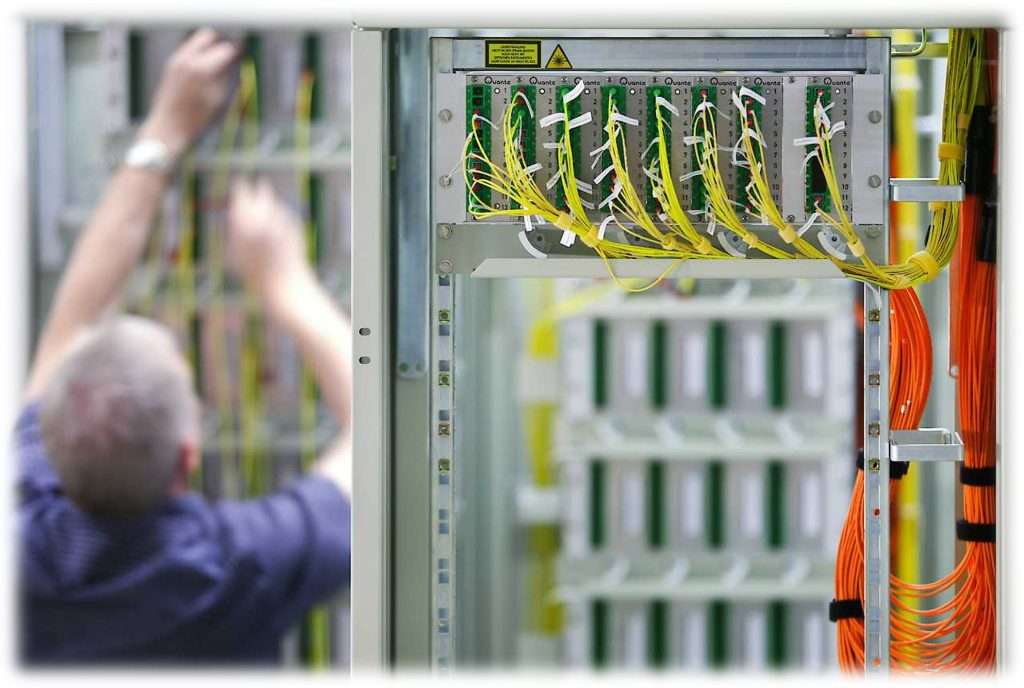
Local computer networks and structured cable systems are an important element of information support at any industrial facility. SCN combine computer, telephone and other information systems. For their normal operation qualitative selection of cables and cabling systems, passive and active switching equipment is required.
SCN systems design describes the installation of the backbone and horizontal subsystems that perform switching functions, but differ in functionality.
- In the horizontal subsystem all workplaces and subscribers are combined. This switching provides access to the backbone resource.
- The backbone subsystem integrates distribution points, forming backbone resources with common access to the central switching equipment.
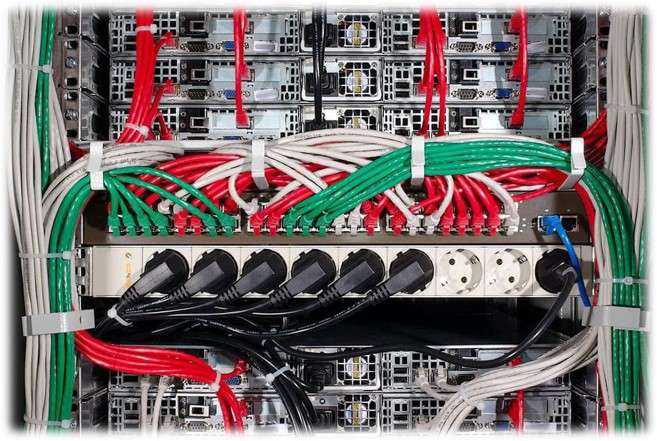
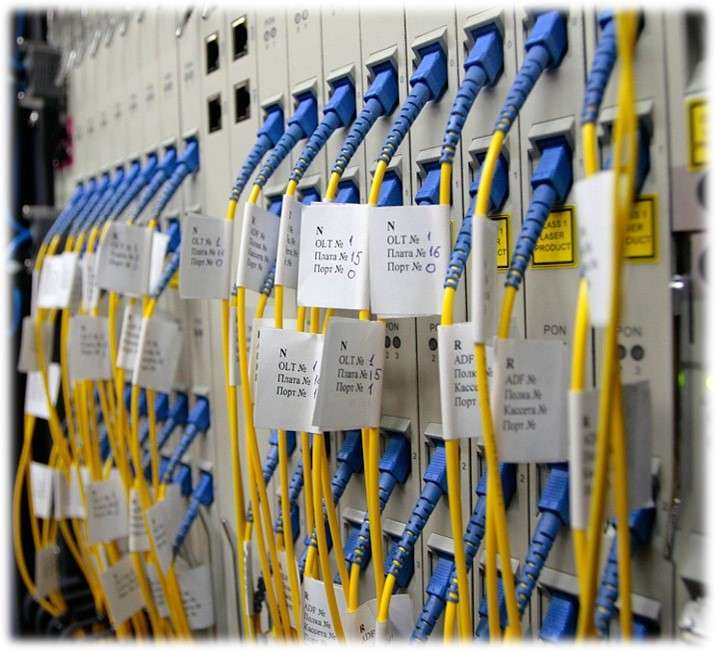
Communication lines are the complex of active and passive network equipment, cables and cable support systems, by means of which various information signals are transmitted under a single scheme.
Communication design is the one of the stages of construction and commissioning of communication facility.
Modern enterprises are equipped with cross-linked and organized information structure as the important part of their operation is the possibility of uninterrupted and rapid data exchange.
Such tasks are implemented by SCN (structured cable networks) and LCN (local computer networks).
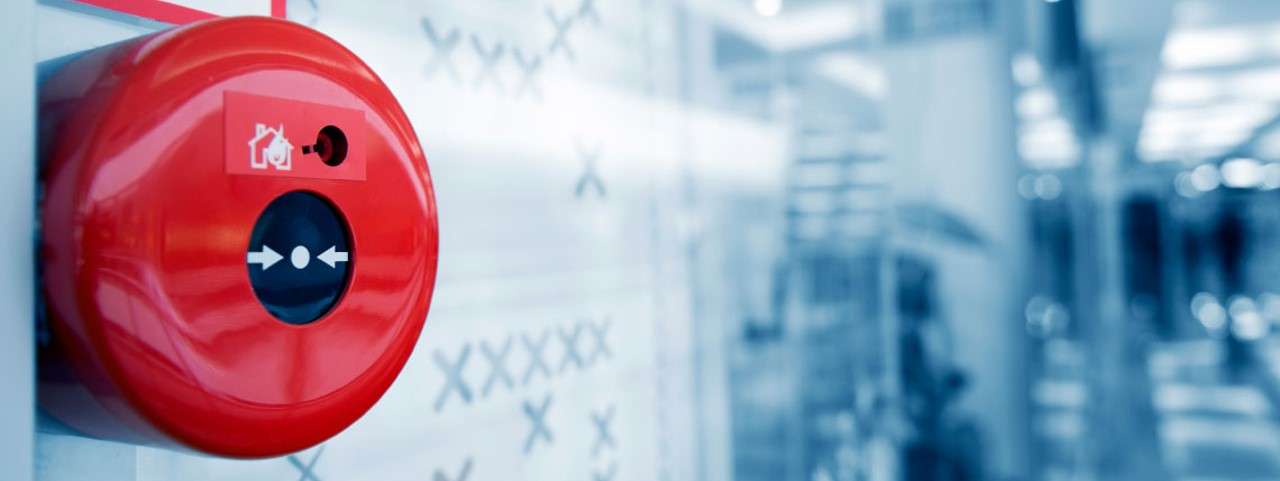
The need to create a fire alarm project
From the correctness of completed project will depend further effectiveness of the units. The equipment may include simple elements or a whole complex with the dispatching system. Once connected, the information will automatically go to the fire department panel.
Designing of fire alarm systems allows you to choose the optimal set of software and hardware complex. Properly designed project will create a reliable protection of any facility from ignition and convenient service.
Design work consists of several stages. A completed project shall comply with the standards and acts governing the use of fire alarm systems at the facilities.
In the process of project creation, type and algorithm of fire alarm system, correspondent equipment and materials, places of sensors and fire alarm control panel installation are selected. As a rule, the system consists of fire detectors, fire alarm control panels, light and sound detectors, communication lines, circuits and power sources.
Performed the design of automatic fire alarm systems for each facility individually with
compliance with GOSTs, fire safety standards, rules of installation of electrical equipment.

- The system controls certain people`s access to the territory of the company, office
- building, residential complex and etc.
- Control over opening and closing of equipped doors.
- Identification of people and recording the time of arrival and departure.
- Time-keeping of employees at the enterprise. This would additionally discipline employees, the number of absenteeism and lateness would decrease.
- Recording of all events into data base, including security breaches connected with access control.
- Restriction of unauthorized persons’ access to office premises.
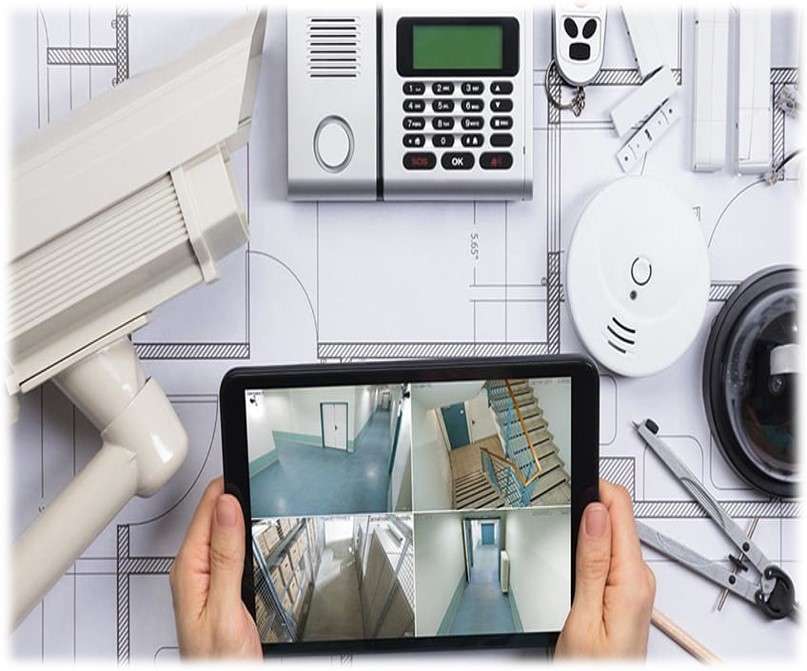
Facility protection is the most important task for security. CCTV provides security of the facility by means of round-the-clock visual control over the territory.
- Moreover, CCTV allows to record video (archiving) for its subsequent viewing, analysis, recognition and identification in case of investigative – operative activities. In order to build a reliable system, it is necessary to perform design of video surveillance systems.
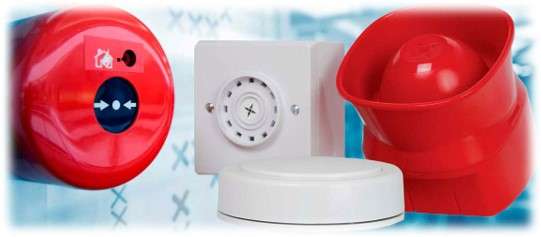
- Design of alarm system allows to solve
- the following tasks:
- Identification of early stages of fire;
- A certain signaling (sound, light or both);
- Sending an alarm signal to fire alarm control panel;
- Command to activate automatic equipment, smoke protection;
- Availability of special lighting, working as a backup or main power source.
- Correctly made and implemented design documentation is the main factor
- possible rescue of human health and life, safety of valuable property.
